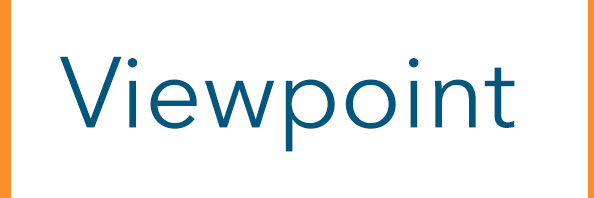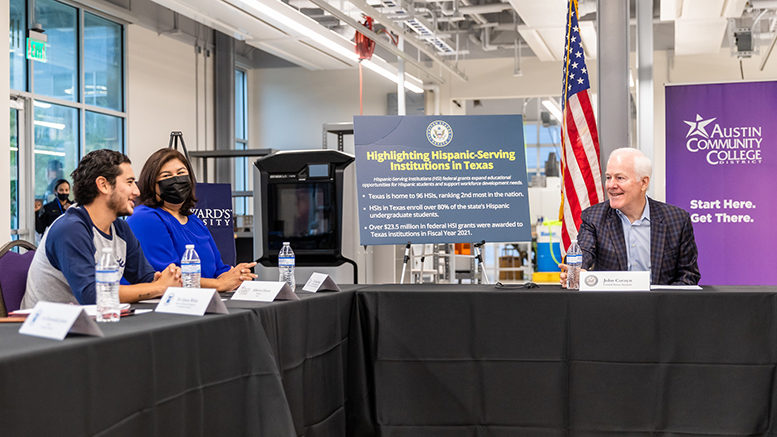Paying for college is one of the most significant hurdles students today face, and the past year and a half presented more challenge and change than ever before. When the Covid-19 pandemic reached our communities, there was a rapid and vast ripple effect. Businesses closed, people lost jobs and the financial burdens of college weighed heavily on our students. Students grappled with the realization that they may need to drop classes or leave college altogether.

They simply didn’t have the means.
It fell to us, as their community colleges, to find a solution. We connected directly with students who were struggling and learned more about their challenges and their needs. They didn’t just need financial support to pay for classes and books — they were struggling with life. They needed money for housing, food, childcare and more.
Within 24 hours of receiving support from the Higher Education Emergency Relief Fund (HEERF), more than 2,300 students at Austin Community College in Texas had applied for help. We disbursed millions of dollars in a matter of weeks. Every dollar helped.
This article comes from the current issue of Community College Journal, which is published bimonthly by the American Association of Community Colleges.
One of our entrepreneurship students wrote to me and said it made her feel safe. Just two days after applying, she found a check deposited in her account. She reached out and said that removing that financial burden helped her focus on school and finish her classes. Her story is like many others, and, like the pandemic, their need for support persists.
I encourage us all to use this crisis as a learning opportunity. Consider the facts compiled by the Trellis Company:
- 64% of students worry about having enough money to pay for school.
- 50% of students have run out of money three or more times in the past year.
- 53% of students show signs of housing insecurity. They’re struggling to pay rent and utilities, or they experience a need to move frequently.
- 47% of students indicate that while in school, it is important to support their family financially.
- 27% of students show signs of very low food security according to the USDA scale. They’re skipping meals, eating less or eating less nutritious food.
Being a community college is more than creating access to higher education. It’s about being responsive to community need. HEERF helped us get to where we are today and has helped countless students stay on track through the pandemic.
Now, it’s up to us to find the lasting and meaningful changes we can make within our institutions that can carry this good work forward for decades to come.





